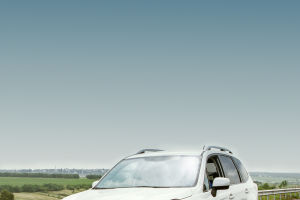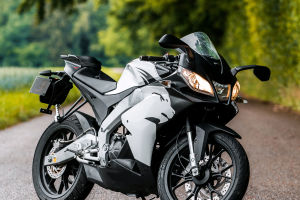Many accidents happen because of some bad habits. Every driver should develop good driving habits from the first day they hold the steering wheel. Here are a few driving habits to learn.
Slow down and look left and right when crossing the intersection. It is necessary to develop a good habit of slowing down and looking left and right when crossing the intersection. No matter whether there are traffic lights at the intersection, and whether the lane you are in is green or not, you should look left and right. While watching, slow down, observe the oncoming traffic in other lanes, and make sure that there are no vehicles crossing before speeding up to pass.
Keep a safe distance from the vehicle in front. Get in the habit of keeping enough distance from the car in front of you, whether it's on your own road or on the road next to you. Driving outside the city is a bit fast, especially on the highway. In the process of driving, you often encounter cars behind you suddenly changing lanes. After maintaining a safe distance, you can deal with it calmly, and you can also observe the traffic situation ahead at any time.
Drive at a steady speed in bad weather. In rainy or snowy days, the road surface is slippery, and if you do not master the car, it is easy to cause the wheels to slip and even cause a rollover accident. It's time to test the driver's skills. Experienced drivers will observe and pay attention to the speed and direction of the car in front, try to keep a distance, and will not make dangerous moves such as overtaking.
Have your pick-me-up items ready in the car. Because driving on the road is boring, it is easy to get sleepy when driving for a long time. At this time, even if you drink water to wake yourself up, the effect is not very obvious. Being drowsy on the road is a very dangerous thing, and it is easy to cause traffic accidents.
Take the middle lane on the highway. Taking the middle lane when driving at high speed can better avoid obstacles. Compared to driving in the two side lanes, the driving space in the middle lane will be more flexible. In the event of a special situation, you can also properly avoid the left and right sides, and the choice is large. There is only one lane change direction in the left and right lanes, and it is difficult for even a very skilled driver to respond quickly.


